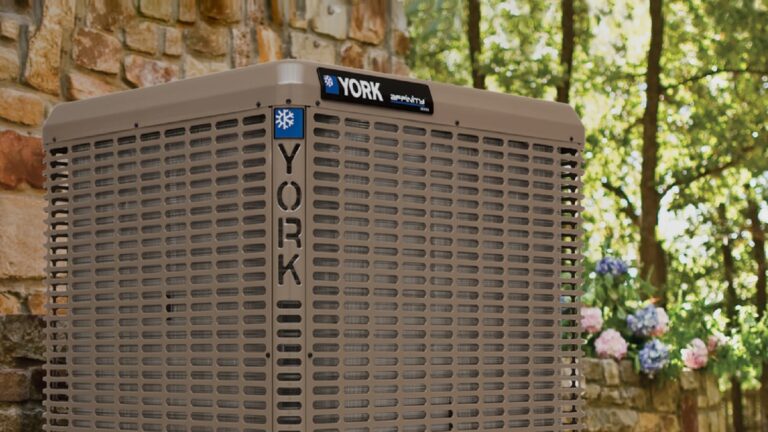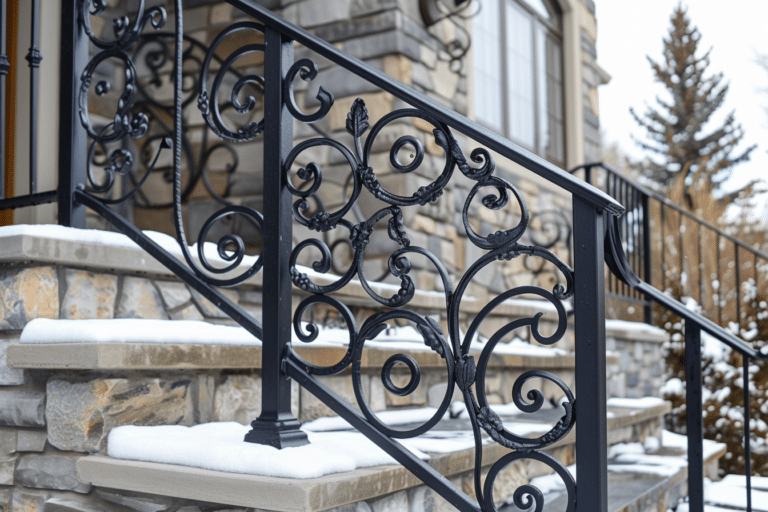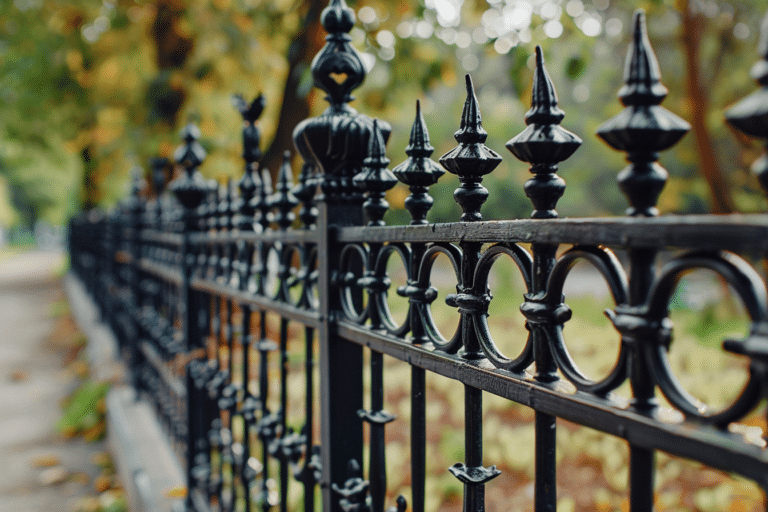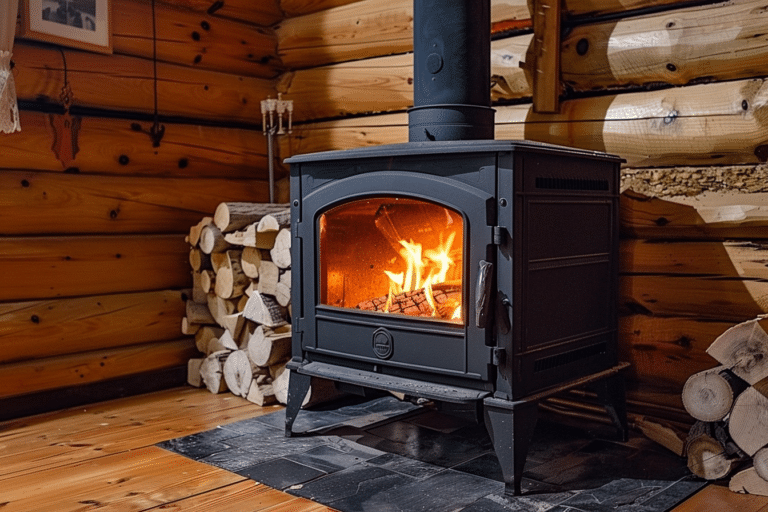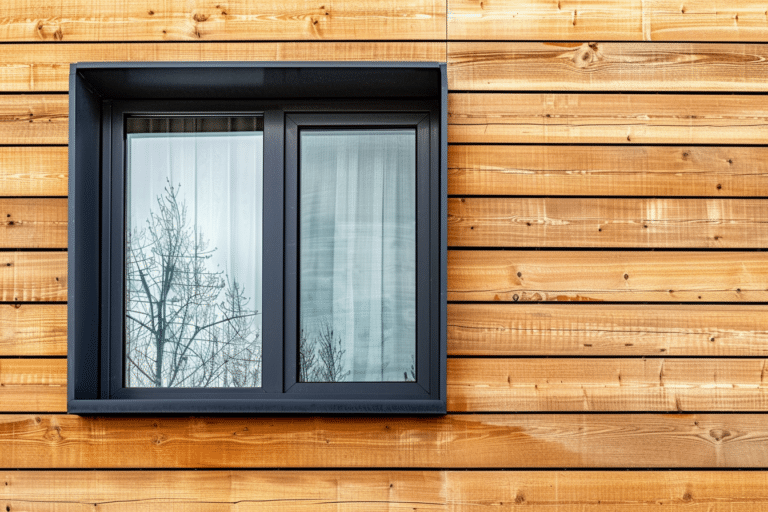Attic fans are a vital component for maintaining the airflow in your attic, which can help reduce heat and moisture accumulation. Understanding the costs involved in the installation of attic fans can help you plan your budget more effectively. Here, we provide a comprehensive guide to the various costs associated with attic fan installations.
Key Takeaways: Attic Fan Installation Cost
- Cost Range: Installation typically costs between $300 and $900, with the national average at $600.
- Variety of Types: Costs vary by fan type—static, electric, solar—with prices ranging from $20 to $900 for the units alone.
- Cost Influencers: Factors include fan type, power source, installation complexity, and labor costs.
- Pros and Cons: Attic fans decrease AC load and prevent roof damage but may increase leak potential and are less effective if the attic is not well-sealed.
- Operational Costs: Low for electric fans; virtually none for solar fans.
- Fan Longevity: Attic fans typically last 10-15 years.
- Installation: Professional installation is recommended for optimal performance.
Attic Fan Installation Cost
The cost of installing an attic fan can vary widely based on several factors, including the type of fan, the complexity of the installation, and your geographic location. Here’s a breakdown of the typical costs:
- National Average Cost: $600
- Minimum Cost: $100
- Maximum Cost: $1,500
- Average Cost Range: $300 to $900
These costs include both the price of the fan itself and the labor involved in the installation.
Attic Fan Cost by Type
Different types of attic fans have different costs associated with them, which can affect your overall budget. Here’s a detailed look at the costs by fan type:
| Fan Type | Fan Price | Average Cost Installed |
|---|---|---|
| Static vent (roof or gable) | $20 – $500 | $200 – $700 |
| Roof turbine / whirlybird | $20 – $100 | $150 – $300 |
| Gable attic fan – electric | $100 – $500 | $200 – $1,000 |
| Gable attic fan – solar | $250 – $700 | $350 – $1,200 |
| Roof attic fan – electric | $100 – $700 | $200 – $1,200 |
| Roof vent fan – solar | $200 – $900 | $300 – $1,400 |
| Dual-powered attic fan | $300 – $500 | $400 – $1,000 |
| Whole-house fan | $300 – $1,500 | $600 – $2,300 |
Detailed Installation Costs by Fan Type
- Attic Roof Fan or Vent Cost
- Cost varies depending on whether you choose a static, turbine, or powered model. Static vents are the most affordable, while powered vents are at the higher end.
- Whole-House Attic Fan Cost
- More extensive than simple attic fans, these involve larger scale installations and significantly affect your whole house’s ventilation.
- Gable Attic Fan Installation Cost
- Costs can be higher if structural modifications are needed to install the fan in the gable.
- Electric Attic Fan Cost
- Installation complexity and electrical wiring can add to the cost.
- Solar Attic Fan Installation Cost
- While the initial cost is higher due to solar panel integration, you may save on energy costs over time.
Cost Factors to Install an Attic Fan
Several factors can influence the final cost of installing an attic fan:
- Labor Cost to Add an Attic Fan
- Typically, labor costs can range from $100 to $500, depending on the complexity and duration of the job.
- Attic Fan Prices by Power Source
- Passive turbine-style: $20 – $100
- Electric-powered: $80 – $700
- Solar-powered: $200 – $900
- Cost of Attic Fan Installation Materials
- Includes roof sealant, automatic gable vent shutters, and various installation supplies such as wood, screws, and nails.
- Attic Fan Humidistat and Thermostat Cost
- These additional components can increase efficiency but also add to upfront costs.
Cost to Run an Attic Fan
Operating an attic fan involves minimal costs, primarily reflecting in your electric bill unless it’s solar-powered. Typically, the running cost is very low, especially for solar and dual-powered fans which utilize renewable energy sources.
Attic Ventilation Fans Pros and Cons
| Pros | Cons |
|---|---|
| Decreases air conditioning load | Increases leak potential |
| Extends AC unit’s life | Not effective if attic isn’t well-sealed |
| Prevents roof damage from mold and ice damming | Does not cool the entire house |
| Prolongs insulation life | Electric fans may negate AC savings |
| Reduces energy bills (solar and passive fans) |
Attic Fan FAQs
- How long does attic fan installation take?
- Typically completed within a day, depending on the complexity.
- Are attic fans worth the investment?
- Yes, especially for homes in warmer climates or with significant attic space.
- What size attic fan do I need?
- This depends on the size of your attic. Here’s a quick guide:Attic Size (sq ft)Recommended Airflow (CFM)1,000700 – 8501,5001,100 – 1,3002,0001,400 – 1,7002,5001,800 – 2,1003,0002,100 – 2,500
- How many attic fans do I need?
- Depends on the attic size and ventilation needs.
- How long do attic fans last?
- Generally, 10-15 years with proper maintenance.
Hiring an Attic Fan Installer
When selecting a professional to install your attic fan, consider their experience, licensing, and customer reviews. Ensure they provide a clear and detailed quote and can demonstrate their knowledge about different fan types and installation practices.
Key Questions to Ask Installers
- What types of attic fans are best for my home?
- Can you provide a detailed quote?
- What is the expected installation time?
- What warranties or guarantees do you offer?
For more detailed guides on home improvement costs, visit our Cost to Build a House page.


